Poetry Writing Made Fun: 10 Cool Teaching Ideas
A MiddleWeb Blog
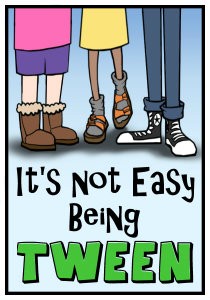
It’s not that I don’t personally enjoy poetry; it’s that I never had an enjoyable learning experience with poetry and didn’t want to pass on my negative attitude to my students.
I knew I would probably never achieve the carpe diem inspiration level of John Keating, whose students form their own underground poetry salon in one of my favorite movies, Dead Poet’s Society.
But I knew I didn’t want to be like the film’s Headmaster Nolan instructing students in the finer points of poetry analysis through the fictional J. Evans Pritchard’s Greatness and Perfection graph.
While I would have loved for my students to feel moved to sound their barbaric yawps over the rooftops, I knew I would be content with them appreciating poetry as an art form and the apotheosis of word choice. To achieve this, I decided to focus on enjoying and crafting poetry and not analyzing it to death at the start.
Moving beyond “the poetry unit”
To begin, I figured out some engaging, effective ways to teach figurative language and sound devices so that my students had a good time while they learned the vocabulary. I thought I was on my way. However, as soon as I said we were going to start studying poetry, I was met with groans.
This baffled me a bit, because they seemed to enjoy learning the building blocks of language and sound. But then I remembered my own aversion to being taught the “poetry unit.”
I realized that I would need to move past the over-teaching and dissecting of poetry if I ever wanted my middle schoolers to value it as a meaningful form of expression. Over the years I have come up with some poetry experiences that students actually enjoy – so much, in fact, that they willingly read and seek to understand poems without ever dreading the “poetry unit.”
Here are 10 ideas that worked for me.
1. Found Poetry
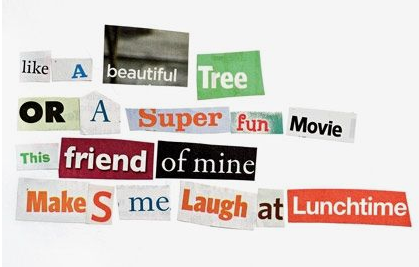
As a follow-up or alternative found poem, I’ve had them read primary source curricular materials such as slave narratives, Storycorps stories, or Holocaust survivor stories. They go through the same process of pulling out key words and phrases and arranging them in a poetic way to emphasize the theme or topic being studied.
2. Poem in Your Pocket Day
Every year, the Academy of American Poets celebrates April by holding Poem in Your Pocket Day. I first heard of this many years ago. At first I just had students carry the poem in their pocket and share it out loud in class.
Poem in Your Pocket, A Haiku Chronicles Video by Donna Beaver and Alan Pizzaarelli
Now I’ve modified this to having them choose a poem they would love to give to someone else as a token of their appreciation. They tuck it in a pocket and at the end of the day, they gift the poem to that important person. I have also gone beyond this to having them make poetry dedication books as a gift for someone, but this takes more time.
3. Limericks
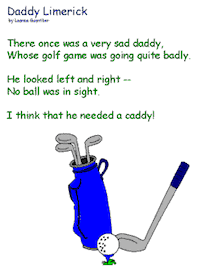
4. Book Spine Poems
This is another found poetry idea that I first saw back in the 1990s. I have an extensive classroom library, and this is a fun use of the titles.
Students simply look through the shelves for titles that appeal to them, and then they arrange them into short poems. I take photos of all their stacks and display them on a bulletin board for all to read. Here is one of my favorite student examples: It reads “Nerd Girls, Far from Normal. The Misfits, Okay for Now.”
5. Blackout Poems
This is another type of found poetry I first heard about in a newspaper article on Austin Kleon. He was famous for using newspapers to do “redacted” poetry (see an example at the end of this post).
At first, I didn’t see the appeal (they look like an intelligence agency’s de-classified document). Then I read them and got it. The beauty of these is they can be simple or very artistic. When displayed as a group, they are also quite lovely. They cause quite a bottleneck in the hall as everyone stops to read and admire the poems.
6. Music Shuffle Poems
This is a fun game I first played when MP3 players came to market. The directions are that you set your player to “shuffle.” You write down the first line of the song that appears. Do this several times (say 8 or 10) and it becomes an interesting poem.
Because not many people have an MP3 player anymore, it can still be done in other music libraries with a shuffle feature, or you can have all students think of a song and write the first line on a piece of paper. Fold them up and draw from a hat. This could even be topical if all the songs are from a certain time period, or genre, or on a designated topic.
7. Sorry, Not Sorry Poems
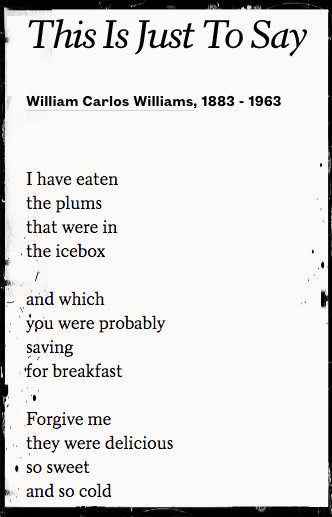
8. Illustrated Poems
My students love graphic novels, and this activity appeals to that side of them. I instruct students to choose a poem that appeals to them from a stack of anthologies or from websites such as poets.org or poetryfoundation.org. I then have them break apart the stanzas and illustrate them in storyboard, comic book, or poster style.
You can have them do the entire poem or choose what they believe are the key phrases or stanzas and make the poem more of an homage. For those who are not as confident in their drawing ability there are numerous comic-maker websites or storyboard websites (I am fond of Storybird.com’s poetry feature) that can be used to do this digitally .
9. Collaborative Poems
There is a game called Exquisite Corpse (you can see why I changed the name) that I read about many years ago on poets.org. One of my favorite ways to study transitions was to write paragraphs one line at a time in this format, so I jumped on this idea for poetry and tweaked it slightly.
Have groups divide lined paper in half vertically and distribute. Then proceed one of several ways. You can play a piece of music, show a photo or painting, or give a list of simple topics to choose from (love, food, school, etc.). Students write a brief line of poetry (you can assign the number of syllables, a structure, or the word count) then fold the paper over so that the next writer cannot see what they wrote.
Pass the papers around until everyone in the group has contributed at least once, depending on the size of the groups. At the end, open them up and read the poems you created. This idea has endless permutations and possibilities. I adapt this collaborative writing all the time in class and it’s a big hit.
10. Reader’s Theater Poems

Students choose a poem from her books or any others written in verse (Brown Girl Dreaming, Inside out and Back Again, Out of the Dust, Crossover) and work together to perform them as the authors did in the video. This can be used with stand-alone poems as well.
What works for your students?
There are many more ideas out there and myriad online applications and programs that also increase students’ understanding and enjoyment of poetry. The ones I’ve shared above are just some ways I try to get my students excited to read and analyze poetry without dread.
The poems are a way in to a world of possibilities. Please share what you do to promote the love of poetry in your class.
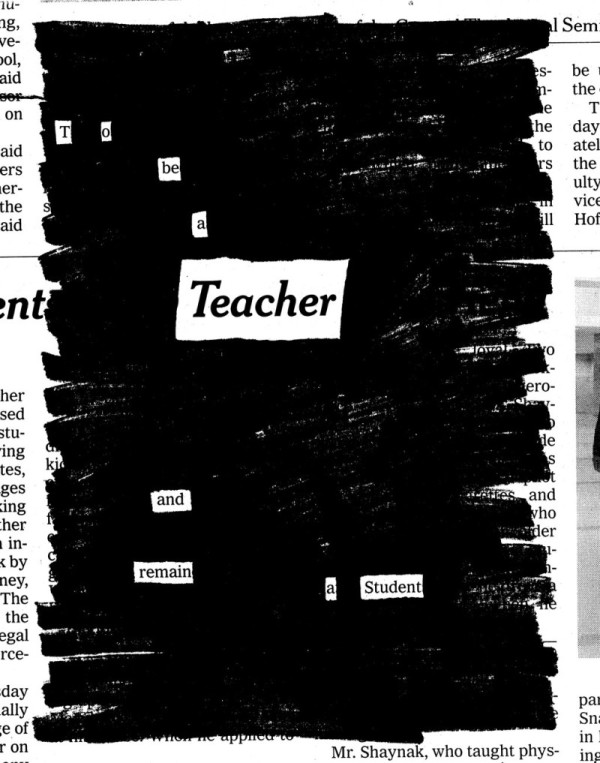

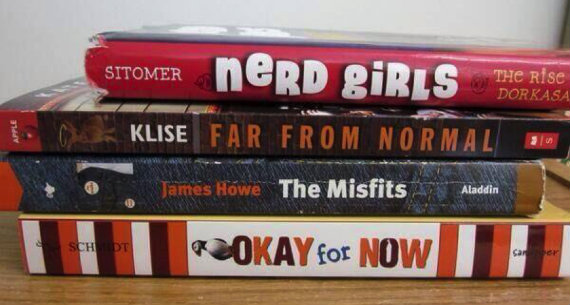
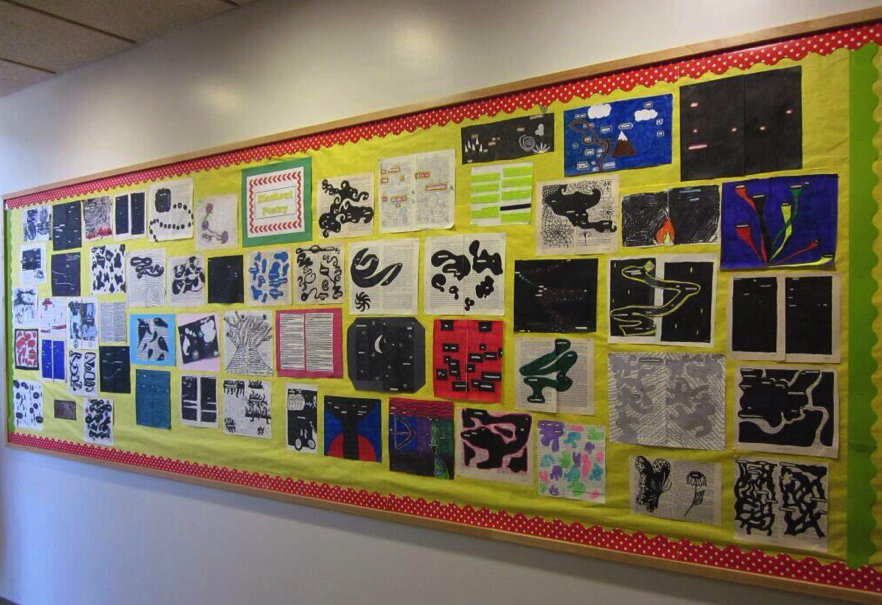

































Some great ideas and reminders of how to keep things fun! Thanks. @innovationsnail
These suggestions look like great fun. I remember actually enjoying a “poetry unit” as a fifth grader more than 30 years ago — the teacher’s resource was Kenneth Koch’s “Rose, Where Did You Get That Red?’ which is still in print and still good. As a teacher, I’ve taught a unit on spoken word / performance poetry to seventh graders. We watched a lot of videos of teenagers and young people performing in poetry slams. They were interested to engage with “texts” by poets just a few years older than themselves. And of course they wrote their own.
With a teacher like you
I might have read more poetry
Might have considered reading more literature
Might have done things differently
66 years old
Maybe not too late to try
My students enjoy I Am poems. I mostly teach high school English. Also, a challenge for some is to write iambic pentameter sonnets. When they are allowed to choose their topics, that helps a great deal.
I like the magazine idea! I too have a hard time getting my teen to enjoy writing or reading poetry. So this will help!